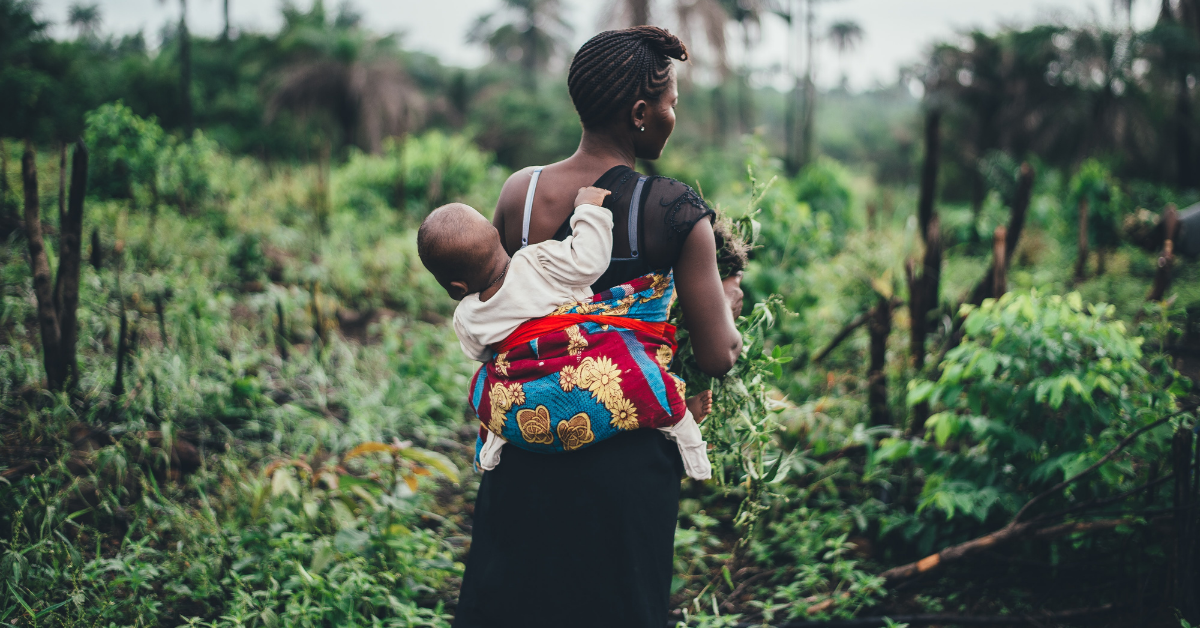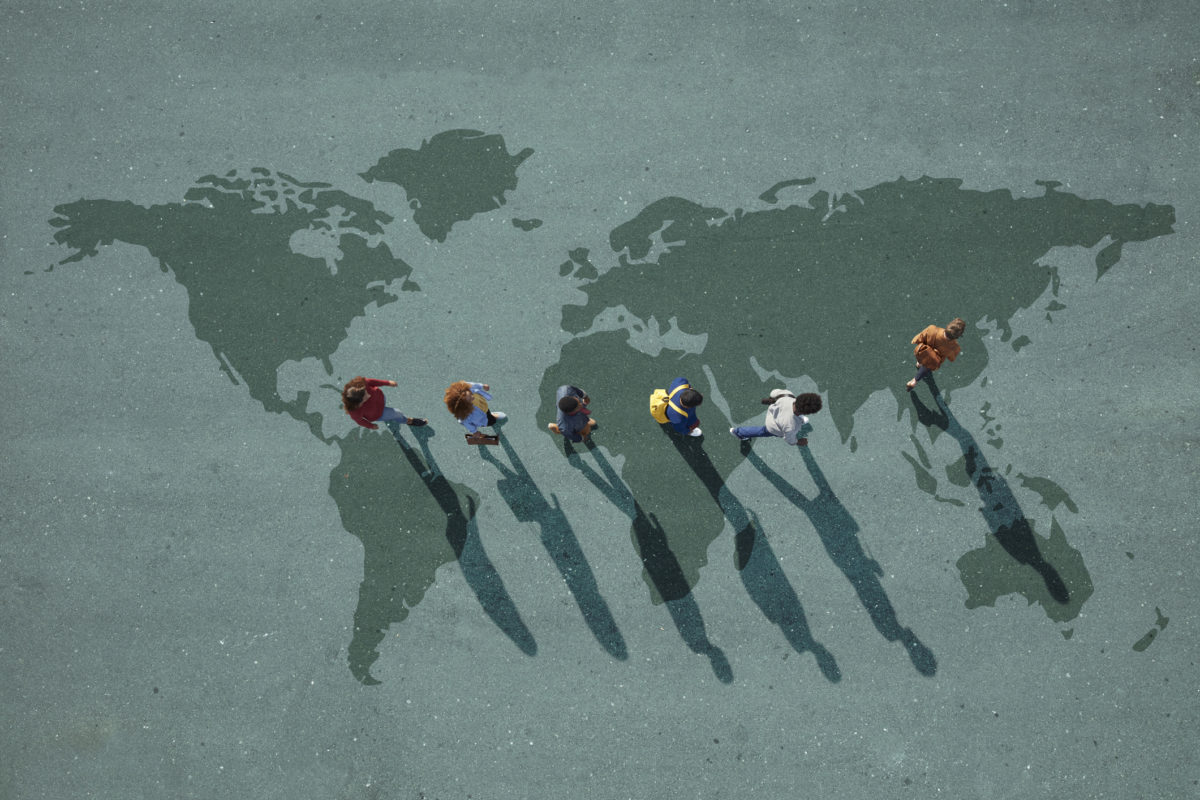
Decision-makers in development policy view researchers as cumbersome and far from reality. And, when they use research results, it is usually to get a confirmation of the fact that already made decisions are correct. These are some of the conclusions drawn at a recent SweDev seminar on aid and development research, reports Global Bar Magazine.
The theme of the seminar attended by researchers, civil society, and decision-makers active in development aid included the following questions:
- How do we increase the use of research in Swedish development policy and practice?
- What contributes to research being picked up in policy?
- And what can be done to increase the relevance of research for practitioners?
“Our recent study shows that researchers would like increased collaboration with practitioners, but, until the establishment of SweDev, there has been no network in Sweden focusing on this topic.”
Anna Ioannou, former coordinator of the Swedish Development Network (SweDev).
How to increase the use of research in policymaking
The study that SweDev conducted on the contacts between research and various actors working with development, shows that decision-makers and practitioners see research as important and relevant, at the same time as they experience challenges finding relevant research. Research is often perceived as something remote with little connection to the practical reality, that often changes rapidly.
When organizations and authorities use research, it is often to back up and justify decisions that have already been made and to strengthen existing arguments. At the same time, only twelve percent in the study answered that their managers expect them to use research results to inform decision-making.
“It is evident that research that is more critical will not be used, while “mainstream research” often is used to confirm what is already being done.”
Janet Vähämäki, Programme Director of SweDev.
Lack of time and communication is a challenge
According to the study, lack of time and budget are other factors that are limiting the use of research.
“72 percent say they do not have sufficient time to follow the most recent research. This means that if we would like to improve our collaboration, it must be encouraged, and time and resources need to be set aside,” Janet Vähämäki continued.
Another challenge is the lack of communication. While researchers primarily publish in scientific journals, practitioners and decision-makers rather use Google and seminars to gain new knowledge.
“It is true to a certain extent that research is used to confirm what is already known. My experience is that research results are used by local organizations to test different hypotheses and develop their own methodology,” said Gunnel Axelsson Nycander at Act Svenska kyrkan. “At present, organizations often use consultants because they are needed for rapid studies and evaluations, but not least the processes that are underway to decolonize development assistance should be interesting to collaborate with researchers on.”
At the same time, decision-makers often use international research rather than research produced in Sweden. One reason for this is to encourage research in the partner organizations’ own countries, but also that research networks, for example, in the United Kingdom might be more established and have a better reputation internationally than Swedish researchers. This, according to SweDev, entails a risk that Swedish research will get weakened in the long run.
Christina Hartler, Head of Sida’s unit for thematic support, pointed out that Swedish research is relatively small internationally, and that it is rather the case that we overestimated the importance of Swedish research than the other way around:
“Then I do not agree that lack of time would be a reason for the lack of contacts. Rather, it is a question of management, and that management does not prioritize collaboration with researchers,” said Christina Hartler at Sida.
Fast processes
Per Trulsson, Deputy Director at the Ministry for Foreign Affairs in Sweden, nevertheless said that time is an important issue for the Ministry of Foreign Affairs that moves in contexts where things change very quickly, something that has been shown not least by the developments in Myanmar and Afghanistan.
“What our employees often need is a policy brief of 1-2 pages that is relevant to what they do. So, for the researchers to reach out, it is also required that they understand the processes that prevail at Sida and at the ministries.”
Per Trulsson, Deputy Director at the Ministry for Foreign Affairs.
Magnus Walan, Senior Policy Officer at Diakonia, highlighted a different type of research than the one carried out by academic actors:
“We collaborate with local researchers and networks around the world, trying to connect them with Swedish decision-makers. We also support and encourage organizations such as Swedwatch and Fair Finance Guide who do extensive research, but experience challenges to obtaining funding, even though we know that the financial sector really needs to be examined.
Original article written by David Isaksson, Global Bar Magazine. English translation and editing by Ylva Rylander, Communications Officer at Stockholm Environment Institute for SweDev.
SweDev: How to improve the collaboration between aid workers and researchers
The SweDev study Increasing the use of research in Swedish development policy and practice provides four recommendations to increase the use of research and cooperation:
- Bridge the communications gap between researchers and practitioners
- Co-create research and development initiatives
- Connect development researchers, policymakers, and practitioners in Sweden
- Change incentives and structures for funding to improve work towards the 2030 Agenda




Recent Comments